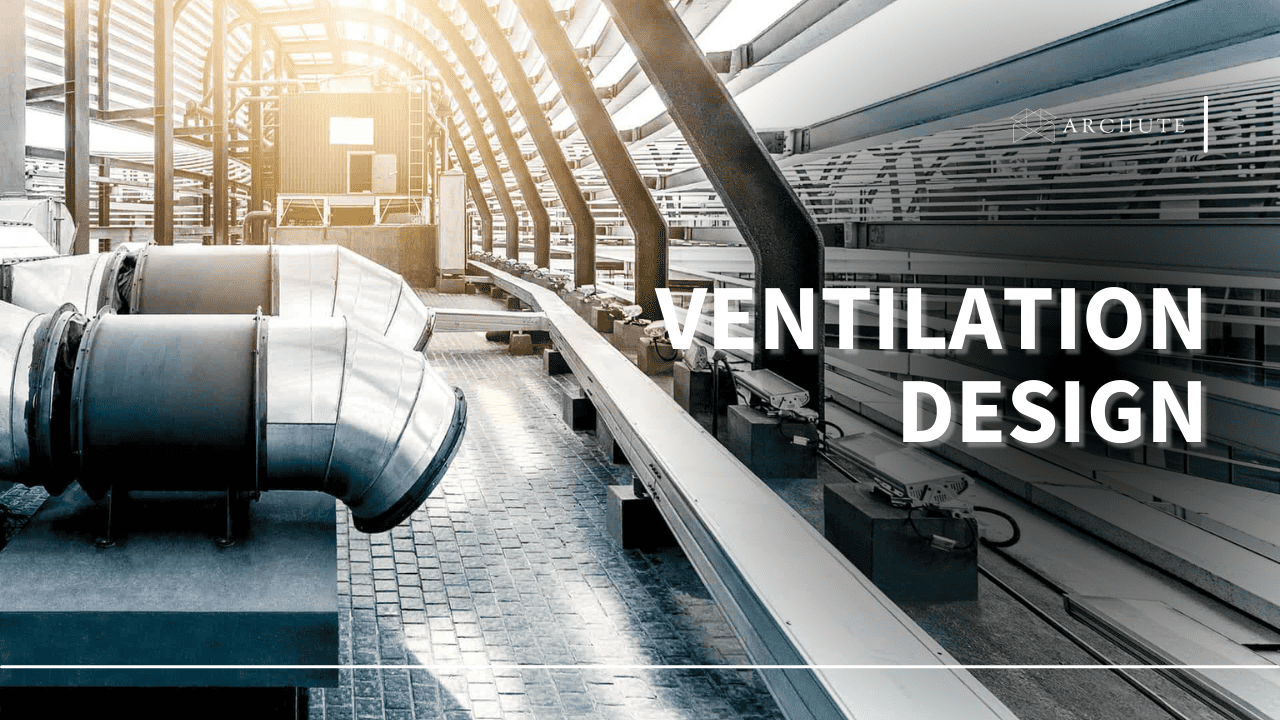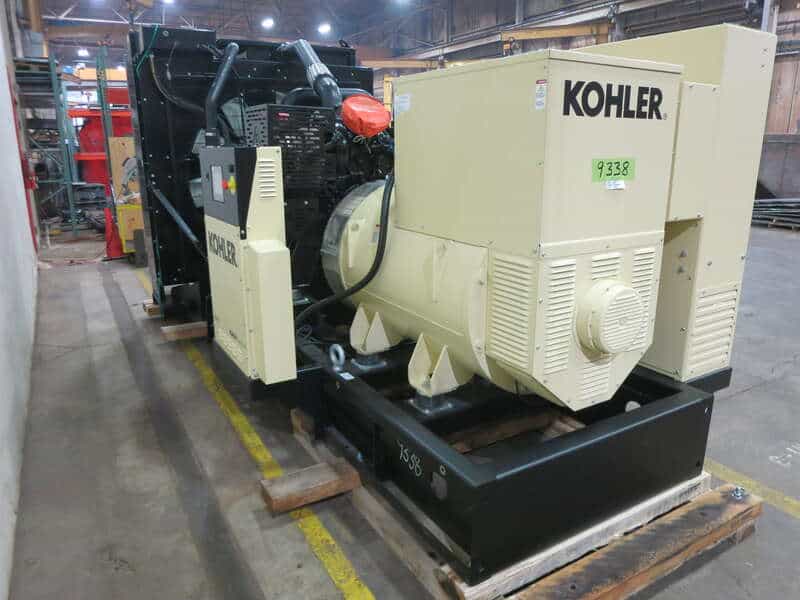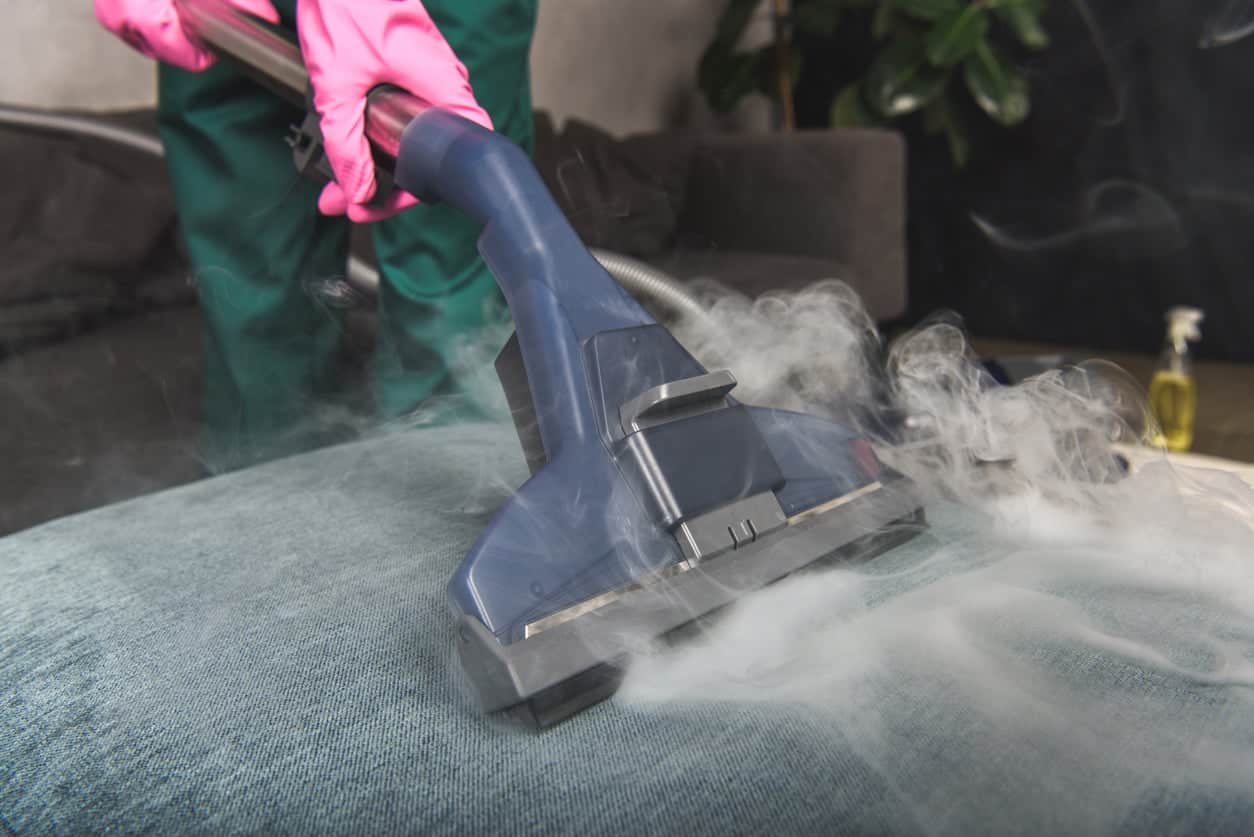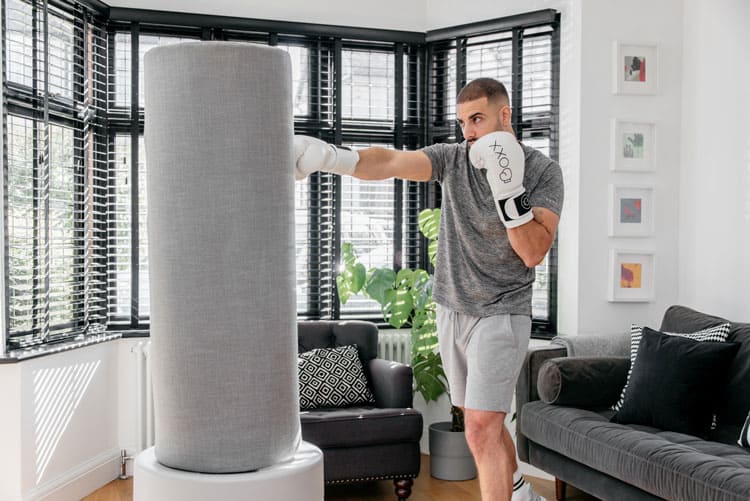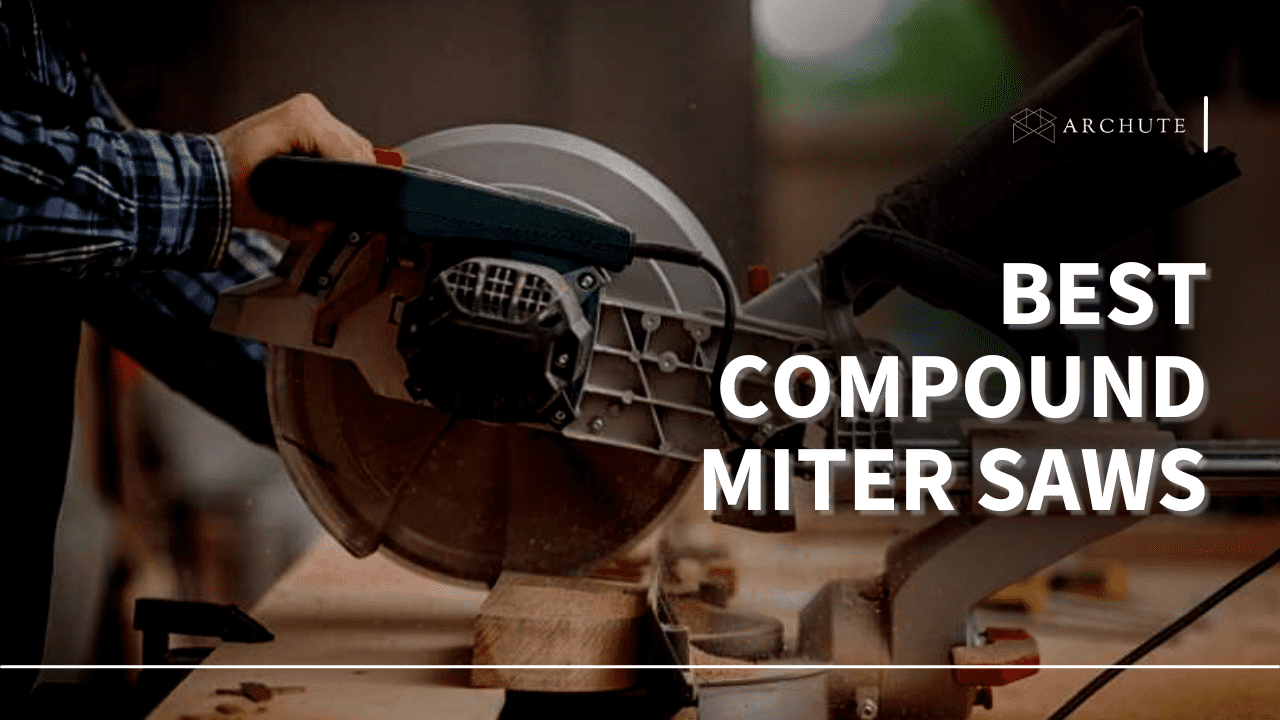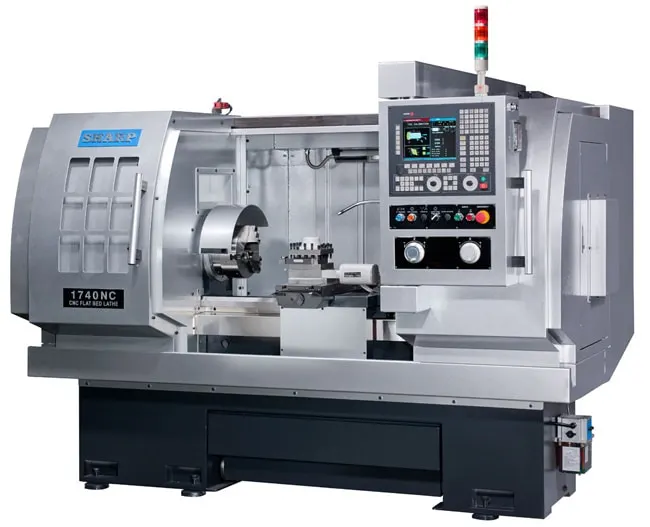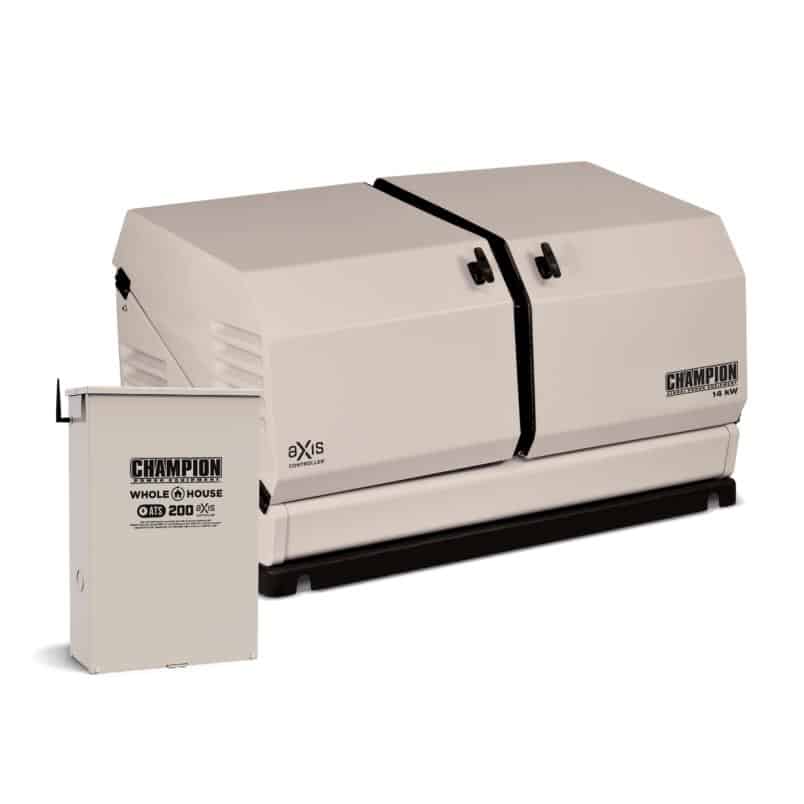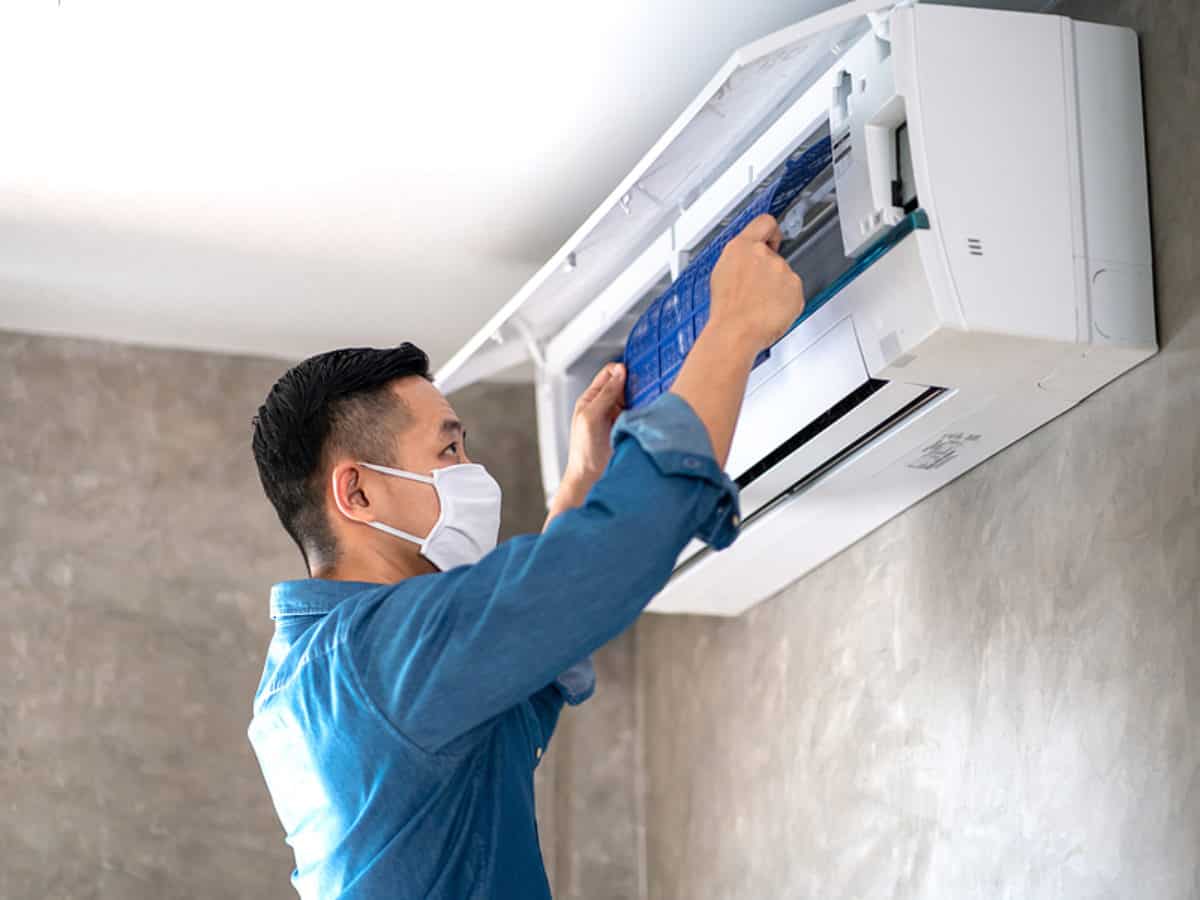Achieving a comfortable and healthy home environment goes beyond mere aesthetics and furnishings. It involves considering improved ventilation, which offers significant benefits.
Proper ventilation can help enhance indoor air quality and contribute to energy efficiency, allowing you to save resources. It can also boost productivity and well-being, which is valuable for home offices and study areas. Overall, investing in a well-designed ventilation system creates a more enjoyable and conducive living environment for all occupants.
If you aim for a ventilation design that can improve comfort and health, this article is your guide!
Importance Of Indoor Air Quality
Indoor air quality (IAQ) refers to the state of the air within buildings—like homes, schools, and offices. This concerns the comfort and health of its occupants.
Poor IAQ can lead to various health problems, such as allergies, respiratory issues, headaches, and fatigue. It can also exacerbate respiratory conditions like asthma in extreme cases. It’s essential to focus on proper ventilation design to achieve optimum indoor air quality to avoid such risks.
Types Of Ventilation Systems

Image Source: ecolabeltoolbox.com
Two main types of ventilation systems can be implemented in homes: natural ventilation and mechanical ventilation. Understanding these different systems can help you make informed decisions.
a) Natural Ventilation
Natural ventilation relies on passive methods to allow fresh air to circulate throughout the house. This method involves using windows, doors, vents, and other openings to facilitate the entry and exit of air. Likewise, it uses prevailing winds and temperature differences to create a comfortable airflow.

Image Source: modernize.com
One effective approach is cross-ventilation. This is where openings are placed strategically to allow air to flow freely between different parts of the house. It provides several benefits, such as improved air circulation, better ventilation in multiple rooms, and a cost-effective cooling solution.
In places where there is a lot of noise or air pollution, natural ventilation might not be the best choice, as open doors and windows can let in pollutants. In cold climates, natural ventilation can interfere with the temperatures inside the house, making mechanical ventilation preferable in such situations.
b) Mechanical Ventilation
Mechanical ventilation involves fans and other mechanical systems to ensure consistent and controlled airflow. This method is beneficial in modern airtight homes without sufficient natural ventilation.
Mechanical ventilation can be further categorized into four sub-types:
i) Exhaust-Only Ventilation

Image Source: hvi.org
This removes stale air from bathrooms and kitchens using placed fans, which creates a negative pressure to expel pollutants, moisture, and odors. Fresh outdoor air enters through openings, constantly refreshing indoor air for better quality.
Pros
- Inexpensive to install
- Easy installation
- Adjustable vents that can be installed in other rooms other than relying on leaks in rooms
- Appropriate for colder climates
Cons
- May draw in pollutants
- Contribute to relatively higher heating and cooling costs
ii) Supply-Only Ventilation

Image Source: hsss.me
Supply-only ventilation provides fresh outdoor air into the living spaces, often through vents or air ducts, while stale air is expelled through natural leakage points or exhaust vents.
Pros
- Better air control than exhaust air conditioning systems
- Minimizes air pollutants to achieve the acceptable indoor air quality
- Works well in hot and mixed climates
Cons
- May cause moisture problems in cold climates
iii) Balanced Ventilation

Image Source: hsss.me
This combines supply and exhaust ventilation methods, ensuring a balanced airflow throughout the house. This method is highly efficient in maintaining consistent indoor air quality.
Pros
- Neither pressurize nor depressurize a room
- Great for bathrooms and rooms with moist air
- Allow the use of good filters for removing pollutants
Cons
- Relatively expensive to install
iv) Energy Recovery Ventilation Design

Image Source: build.com
This is a type of design that minimizes energy loss in the house, greatly reducing the heating load and costs.
Pros
- Minimizes energy loss
- Reduces the cost of heating in the house
- Keeps house humidity relatively constant
Cons
- Slightly costly to install
Ultimately, the choice between natural ventilation with cross-ventilation benefits and mechanical ventilation depends on various factors, including climate, building design, and personal preferences. In some cases, both approaches may be employed to optimize ventilation and create an ideal indoor environment. Whichever your choice is, a well-ventilated home contributes to the living space's overall comfort, health, and value.
Factors To Consider In Ventilation Design
Below are key considerations for an efficient ventilation system.

Image Source: velux.com
1) Building Layout And Orientation
The layout and orientation of your home play a vital role in determining the effectiveness of ventilation. It’s ideal to position windows and vents to align with prevailing winds, maximizing fresh air intake and facilitating stale air exits.
Furthermore, you do not want to have your ventilation systems where the air coming in is from a closed-off portion of the building as you want fresh air. Remember, one consideration when laying out an air conditioning system is to ensure the outside air has better quality than the air inside the house.
2) Airflow Control
Controlling the airflow rate in a mechanical ventilation system lets homeowners customize settings for their needs. For instance, a lower airflow rate prevents drafts and saves energy during mild weather. Conversely, you can increase the airflow rate when more ventilation is needed, like during cooking or after a shower. This ensures the removal of excess moisture and maintains a fresh indoor environment.
3) Filtration And Air Cleaning

Image Source: homedit.com
In regions with high outdoor pollution levels, air filters can help remove harmful particulates, such as High-Efficiency Particulate Air (HEPA) filters, before entering the home. Air cleaning technologies can enhance indoor air quality by eliminating pollutants and allergens.
4) Moisture Management
Controlling indoor humidity levels is critical to preventing mold growth and dampness-related issues. Proper ventilation helps remove excess moisture and mitigates the risk of mold-related health problems. Dehumidifiers and attic ventilation systems are some common examples of moisture management.
Investing in a well-designed ventilation system enhances the living environment's comfort and health. It contributes to energy efficiency and productivity, ensuring a more enjoyable and conducive atmosphere for all occupants.
5) External Climate
If you live in a place with hot and humid air, then you will need large natural ventilation designs compared to a house located in an ever-frozen climate. The wind strengths are other things you need to consider when setting up a ventilation design, as very strong wind ghasts are not safe to let directly into the house.

Image Source: wrvo.com
The external climate will determine how you will orient the ventilation design, especially if you are taking the natural ventilation approach. For example, the wind direction directly determines where and how you will place your open windows.
If you live in a highly polluted environment, you will need to install a ventilation system with air filtration to ensure the air flowing in is cleaner than the air outside.
6) Noise Pollution
If there is a lot of noise outside, you may want to consider other ventilation systems other than the natural ventilation design, which may require open windows. If you have soundproof insulation on, it might beat the point if you add operable windows that open and close as all the noise will be coming in.
7) Acoustics
Most large air conditioners have a low hum. Therefore, you have to ensure you or your neighbors are not affected by the continuous hum. Keeping this in mind, try to avoid setting up the air conditioner right next to your bedroom as you want a peaceful sleep.
While the hum is mostly associated with air conditioners, wind can be noisy if channeled through thin passages. Wind can be loud and can be a constant distraction, similar to the air conditioner.
8) Natural Air Movement
You want to use the natural air movement to your advantage. You can study how the air in your house behaves using computation fluid dynamics software that will not only tell you how the air moves in your house but suggest the best ventilation design to use.

Image Source: floodprecast.ie
You can further use dynamic thermal software (DTS) to determine whether the ventilation design will indeed improve the airflow in your house. The DTS will further tell you if the ambient temperature will be achieved for the comfort of the occupiers.
9) Purpose of the Building or Room
If you are ventilating a bathroom or a kitchen, you will use a different ventilation design and different sizes of the duct system as the rooms have different needs. To achieve the required air conditioning system for a building, you will need to cater the air conditioner to the room.
Most rooms in a room have somewhat similar ventilation needs except the bathroom, kitchen, and laundry room.
10) Size
Your ventilation design and air conditioning needs to be sufficient for the room. You can not supply air to a hall using only one air conditioner. The air quantity supplied should not be too much either as you want a manageable air temperature control.
11) Ventilation Systems

Image Source: Willoughbysupply.com
You are either using a natural ventilation system or a mechanical ventilation system. If you are using a mechanical ventilation system, you will need to install the appropriate motors and mechanisms to run the ventilation design. These can include automatic windows and air conditioning equipment that can detect when to let in air or otherwise.
A natural ventilation system is as easy as having more windows and taking advantage of the natural air movement.
Frequently Asked Questions About Ventilation Design
i) What are the four types of ventilation?
Other than natural ventilation, the other four types of ventilation design include;
- Exhaust air ventilation- works by depressurizing a room to create a change in air pressure and force the outside air to come in.
- Supply air conditioning systems- works somewhat like the exhaust air conditioning systems by expelling air out of the building using fans to create a pressure difference that allows fresh air in.
- Balanced ventilation- has both exhaust and supply that gets rid of and lets air in a balanced manner.
- Energy recovery ventilation design- This design lets air in and out of the building while keeping the energy loss at a minimum, saving the heating load and costs.
ii) What are the four purposes of ventilation?
Ventilation serves different purposes other than just letting air in and out. Here are the purposes of ventilation
- Reduce potential fire and explosion accidents
- Maintain house temperature
- Humidity control
- Dilute or remove air-borne contaminants
- Supply air
iii) What is ventilation design?
Ventilation design is the creation of the right approach to maintain and regulate air temperature during hot or cold weather. The design further solves problems such as humidity, pollution, and air circulation in a room. Ventilation design ensures that all the occupants in a room are safe and there is no risk or any potential dangers like suffocation or explosion.
Ventilation design considers the purpose of the space being ventilated. A restaurant kitchen has different ventilation needs compared to a house living room.
iv) How do you design a ventilation system?
When designing ventilation, you need to use the procedure below;
- First, calculate heat or cooling loads and surrounding air heat
- Calculate the pollution caused by the occupants or the activities in the room. i.e., a kitchen is likely to be more "polluted" than the living room.
- Calculate the air supply temperature to know whether you are cooling or heating the room air.
- Calculate air flowing into the room depending on whether you are heating or cooling, humidifying or dehumidifying the room air.
- Select the appropriate heater units, humidifiers, or coolers depending on your findings based on calculations from the steps above.
- Get information on duct systems and sizes that will be appropriate for the space.
v) What are the requirements for ventilation?
There are a number of considerations and requirements when designing ventilation. Here are some;
- The number of occupants
- Room size
- Activities within a space
- Adjacent buildings or environment
- Type of ventilation
- Budget
- Location of the building
- External climate
- Local area policies.
Conclusion
Prioritizing ventilation design in your home is paramount for achieving a comfortable and healthy living environment. By optimizing ventilation systems, homeowners can enjoy the benefits of enhanced indoor air quality, improved well-being, and minimized health risks. Investing in a well-designed ventilation system fosters a conducive atmosphere. It paves the way for greater energy efficiency and productivity, making it a valuable investment for a better home experience.

